“If the primary healthcare is not improved, the poor will continue pawning land and jewellery”
The government is, on a war footing, helping every citizen of this county, combat coronavirus pandemic. But is the regular healthcare accessible to the common man otherwise?
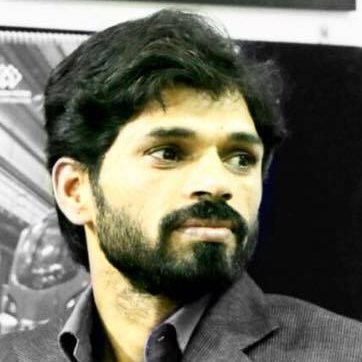

Thirty-two-year-old Kallu, a daily wage earner, died in a private hospital in Lucknow while undergoing a treatment, which costed the family Rs 2 lakh. Kallu’s mother Mehrunnisha, 60, sought contribution from the locality and relatives to bring the son’s body home. After giving Rs 70,000, she was handed over the body, but she still has to pay Rs 1.20 lakh to the hospital. Mehrunnisa lives in Gaura Sailakh village in Barabanki district, 70 kms away from Lucknow, the capital of Uttar Pradesh.
About 300 kms away from Barabanki, Aarti Devi, 33, faced a similar predicament. A resident of Bharatpur village in Chitrakoot, Bundelkhand, her 1.5-year old daughter fell off the roof. She took her daughter covered in blood to the community health centre of Karvi, from where she was referred to Allahabad. Aarti had to sell her mangalsutra (sacred thread or necklace of the married women) to save her daughter. She also took a loan of Rs 15,000 from the villagers.
These two incidents support the fact that it is very difficult for a common man in India to get treatment. There are lakhs of Mehrunnisa and Aarti in India. Poor People continue to seek loans, sell jewellery and mortgage land to fund their treatment. What’s more, they also have to pay to hospitals to release the remains of their relatives.
Early this year, it was being considered to run the district hospitals on public private partnership. This would worsen the plight and treatment of people like Mehrunnisa and Aarti. Treatment and medicine costs are the leading cause of debt among Indian households as the social health insurance schemes are unable to provide better health facilities to the people.
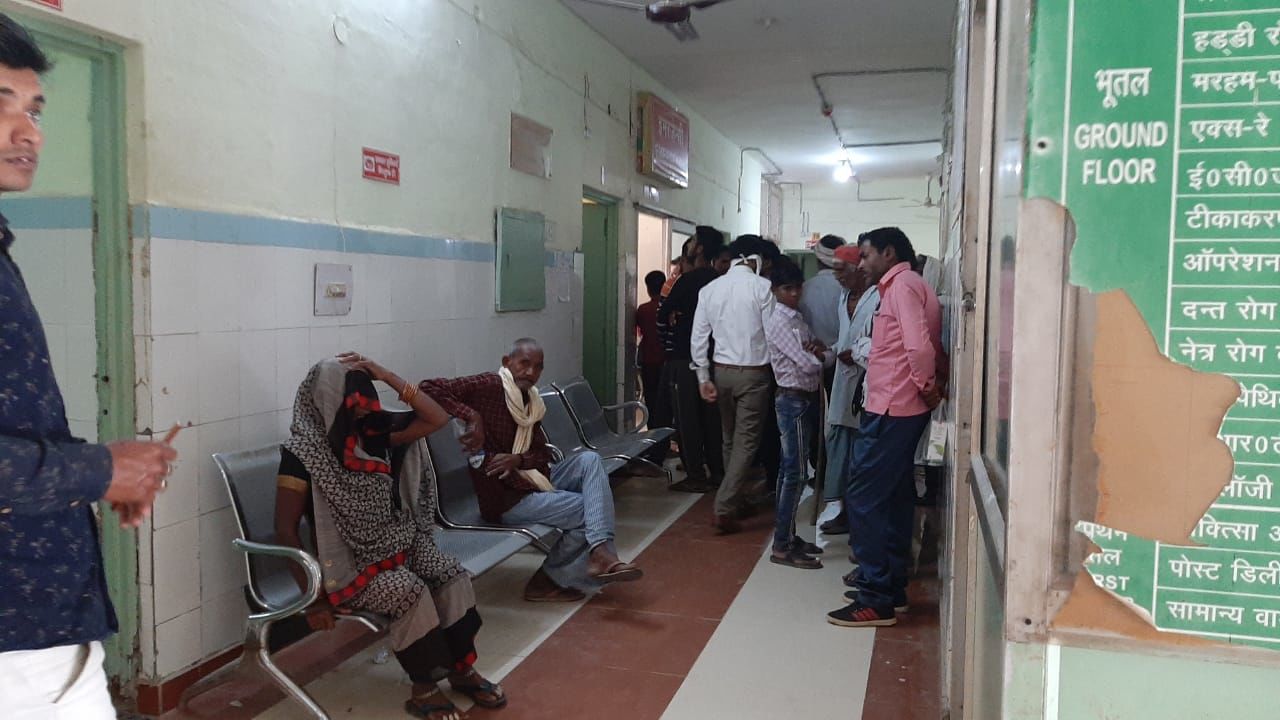
This is Mehrunnisa’s story and she is not alone
“To bring home my son’s body, I took Rs 2000 from someone, Rs 5,000 from some other. I thought I would sell the land, but it is already riddled with legal issues. Kallu has two minor sons and so his land his cannot be sold. It has become difficult for me to live, those who had given me loan are also poor, but from where do I repay them the money I had borrowed?” asked Mehrunnisa, a widow.
She had given 10 biswa (10th part of acre) land to each of her three sons. The youngest son, Kallu, was married six years ago. Kallu’s wife Shajida, 30, has TB. She can’t even work as a labourer. The death of her husband, her own illness and debt burden has deeply unsettled Shajida.
“The hospital staff often comes reminding that the money has not been paid for three months. From where shall I gather the amount? I have no strength left to do even the domestic chores, and I am breathless when I walk. Doing menial work is far beyond me. I have no one on my mother’s side and so am totally dependent upon my mother in law (Mehrunnisa),” said Shajida.
Mehrunnisa also shared that at first, her son was shown to nearby doctors and then in the government hospital, but to no avail. Rs 30,000 were also spent in one of the hospitals.
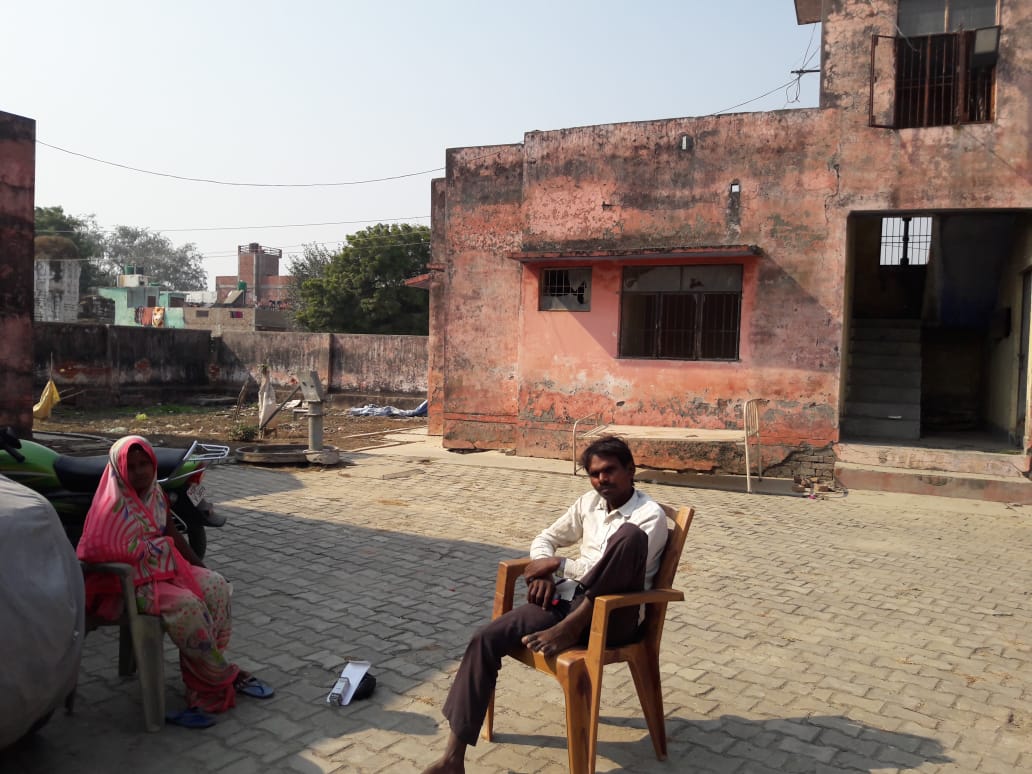
Mehrunnisa said: “One evening, my son experienced very severe pain, and we dashed him to Fatehpur. My eldest son has an Ayushman Bharat card in his name. Every family member’s name was mentioned on it, but the hospital demanded all sorts of paperwork while my son was squirming in pain. So, we took him to a private hospital in Lucknow where despite two surgeries he did not survive.”
Talking about the plight of such people, Ravi Duggal, a public health activist, said: “The second biggest reason for people’s rising debt in India is the medical treatment. As soon as a medical emergency comes up, people pawn or sell their movable and immovable property and keep the girth. These people are not able to get proper treatment in government hospitals. The Reserve Bank of India and several other reports have attributed the suicides of farmers and villagers largely to the debt taken towards medical treatment.”
He lives in Delhi, and, for a long time, has been working on universal health care system, that is, for everyone’s health. Better government facilities at primary health centres are the main demands.
The problem deepens when viewed from the prism of the increasing number of patients in India and the widening gap in ratios of hospitals and doctors. As per the report the ‘National Health Profile-2018’ released on the health services across the country, 37,725 government hospitals in the country have 7,39,024 beds. About 10,000 people have only one allopathic doctor, while according to the World Health Organization, one doctor per 1,000 persons should be the norm.
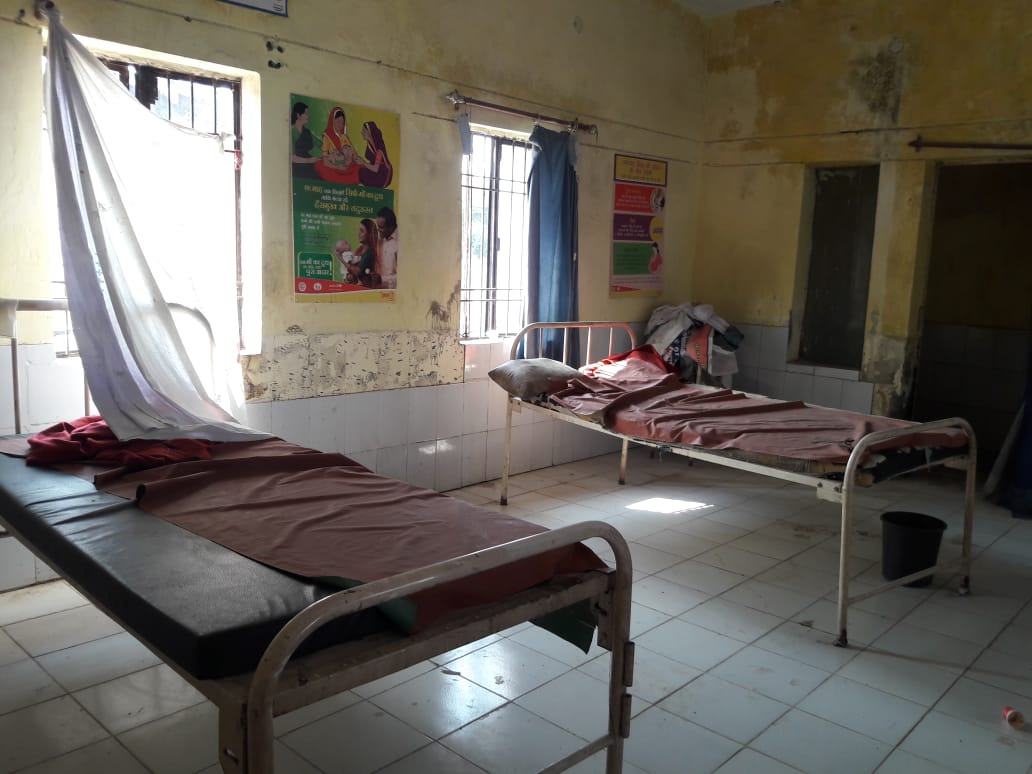
The report also said: “India spends only 1.4 per cent of its total GDP (gross domestic product) on health services, in spite of the deplorable condition of primary health centres, shortage of doctors and limping health facilities. The standard of health services spending at the global level is considered to be 6 per cent of GDP. India spends far less money on its public health than its neighbouring countries Sri Lanka-Nepal (2.5 per cent) and Bhutan.
Speaking about the reason behind the land mortgages and people sinking below the poverty line, Duggal said: “According to the National Sample Survey itself, a common citizen in India spends at least Rs 4,500-5,000 a year on his health while the government spends only Rs 1,400-1,500 on its behalf. The out of pocket expenditure (expenses above the pocket size) in the country is around 60-70 per cent, a large part of which is spent on medicines.”
Out of pocket (OOP) is the expenditure that the patients or their kin incur from their pockets, apart from the health facilities received from the central and state governments, insurance companies. In simple terms, this money comes from the person’s income, and assets such as jewelry, land and animals.
That the medicines are the biggest burden on Indian families, even the Union Ministry admits. Out of the Rs 3 lakh crore spent on health in the year 2014-15, about 43 per cent of the total out of pocket (more than pocket) expenditure was to procure the medicines. The National Health Policy for the year 2017 advocates free medicines towards public health. The government reports also say that seven per cent of Indians drowned in debt only because of the medical treatment and then went below the poverty line.
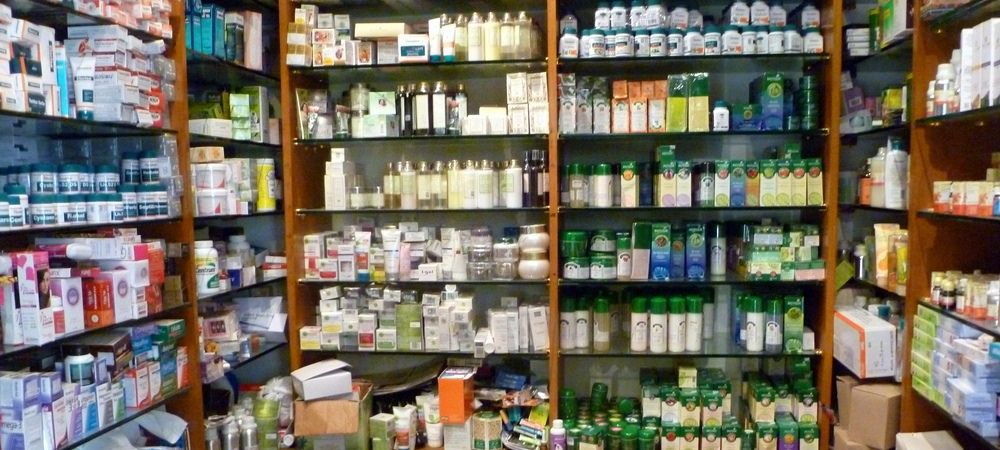
Ayushman Bharat Yojana or Pradhan Mantri Jan Arogya Yojana (PM-JAY) was launched on April 2018 to provide health facilities to people living below the poverty line in India. Under PM-JAY, about 50 crore people of 10 crore poor families in the country are being given health care cover of Rs 5 lakh.
The health workers have been consistently demanding a free drug scheme across the country. These 10 crore families also include the daughter of Chitrakoot’s Aarti and Kallu, but thousands of such people do not benefit due to institutional lapses, lack of awareness, etc.
Patralekha Chatterjee, a journalist working in the health sector, said: “The Ayushman Yojana was brought in to provide relief from the problem of rising health expenditure, but it has generally failed to do so except a few places. Hindi speaking states like Uttar Pradesh, Bihar, Madhya Pradesh have a lot of problems. The states in South India where the scheme was successful, however, are already spending more on their healthcare. Under the scheme, 1.5 lakh health and wellness centres were to be set up in the country by 2022, the ones that have been so far constructed (38,187 till April 7, 2020) are in a bad shape.”
Advocating equal and better medical care at primary level, she added: “See, there is a lot that is associated with health. If a family spends more money on health, they will compromise on education and nutrition. If a poor family has to spend more, it is forced to sell its property, which deteriorates its state further.”

In Rajasthan, the Right to Health” bill is in full swing these days. If it comes to pass, Rajasthan will be the first such state in the country. Rajasthan chief minister’s free drug scheme is already garnering wide appreciation. Rajasthan provides 712 types of medicines free of cost, including those for kidney and cancer. Rajasthan’s Congress government had stated it in its mandate.
A health activist based in Rajasthan, who is associated with the demand for Right to Health” and drafting of the bill, told Gaon Connection: “There is a large population in the country which has to borrow money even for treatment up to Rs 2,000-5,000. They have to sell jewellery and cattle. Despite big announcements and insurance schemes, there is little focus at the primary level. The insurance scheme provides relief only when people are sick enough to be admitted, but if the village provides proper treatment at the primary level, people would not fall sick as much.”
The Pradhan Mantri Jan Aushadhi Yojana has been at the national level in India since 2015, under which generic medicines are available at cheaper rates at selected drug outlets, but health workers declare it to be inadequate.
Chhaya Pachauli added: “Generic medicines are affordable but affordability varies for all. A lot of families in our country are able to earn only Rs 200-300 a day, so even the generic medicines will be costly for them. Besides, how many doctors are writing these drugs in prescription. So, it is necessary to draft a national plan and make medicines free for all.”
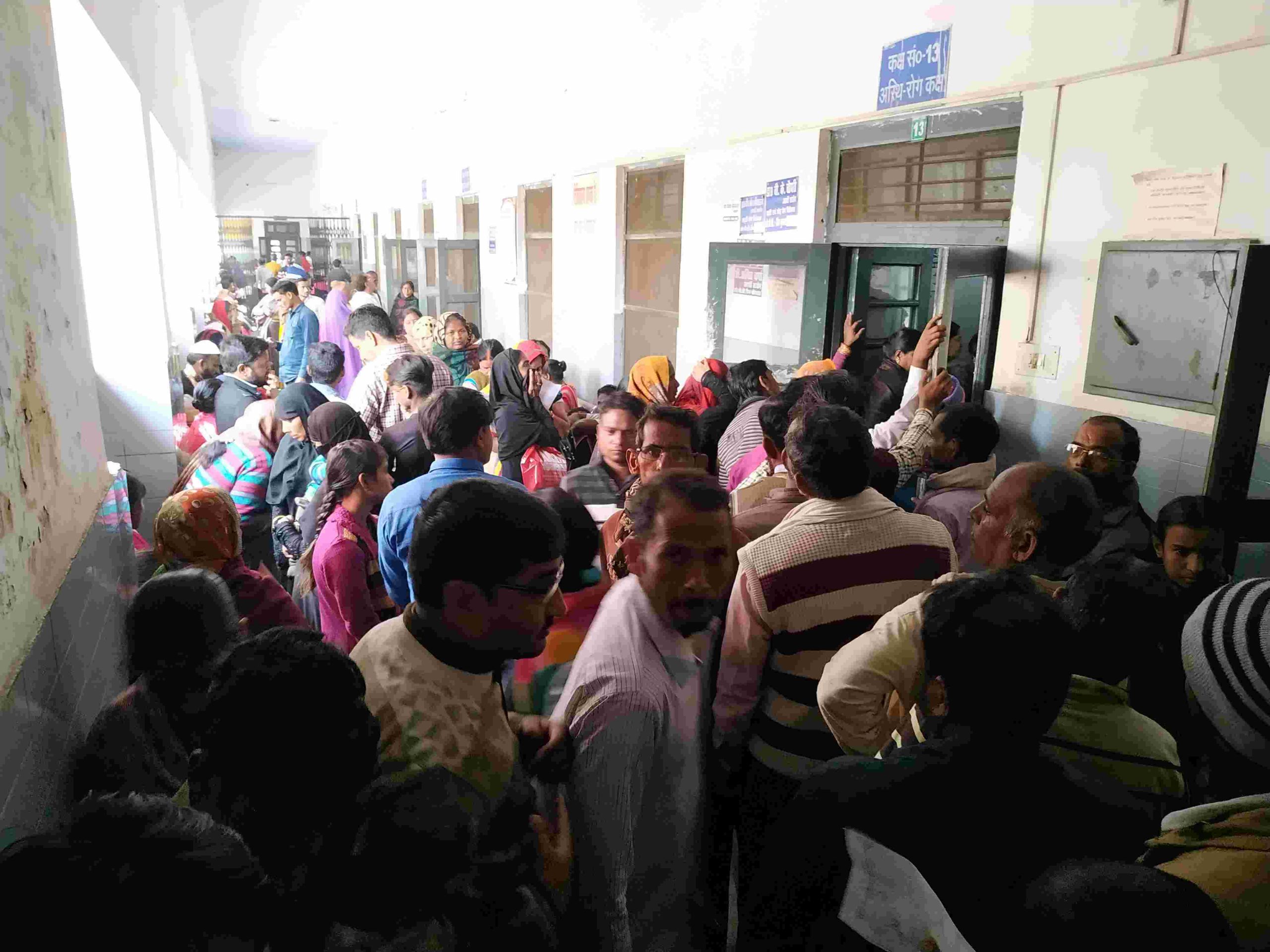
Some states in India are making great strides in public health. These include states like Mizoram, Kerala, Goa and Tamil Nadu. Most of the treatment in these states is institutionalized.
Ravi Duggal from Jan Swashthya Abhiyan, said: “We must consider the existing successful models within our own country instead of adopting a model of insurance-based schemes of foreign countries. We have protested by writing to both the NITI Aayog and the government against the PPP model. The government has a mindset of withdrawal from operating government hospitals. But in the interest of the common people, public health must not be dependent on insurance but on hospitals. Filling up of 70-80 per cent of the vacant posts in hospitals and provision of the required resources must be done. Otherwise, people will continue to incur debt due to private hospitals expenditure.”
Health is a state subject in India. There is no legal obligation regarding treatment in the Constitution. Also, there is no stringent provision for regulating private hospitals. Duggal said: “If the Constitution has a directive principle, it cannot be challenged in court, but the Constitution itself has guaranteed right to life, under which many cases are filed. It is Supreme Court’s order that no hospital can refuse first aid during accidents etc. As under Article 21a, there is a right to education, it may be good if stringent provisions are made in article 21b.”
The Clinical Establishments Act was brought in the Manmohan government in 2010 to regulate the private sector in India but it was implemented only by 7-8 states. Under this, every state will have to provide certain minimum facilities in hospitals on registration.
Duggal said: “This law was good but with a lot of scope for improvement. The states where the private sector was strong did not implement it. There is a need for the government to rectify such an Act.”

